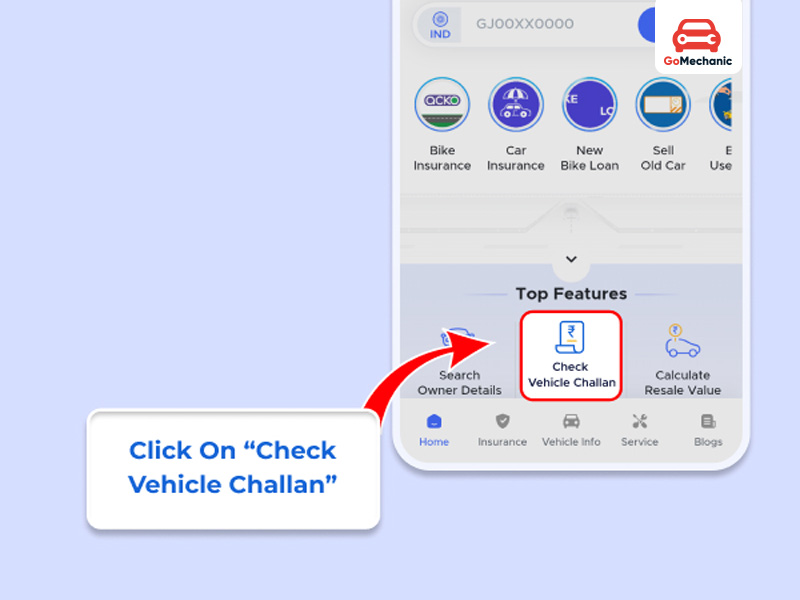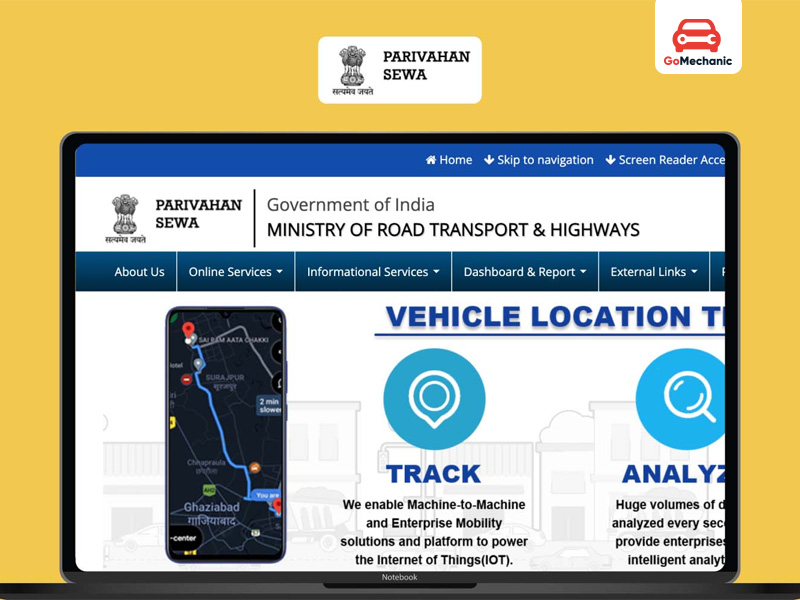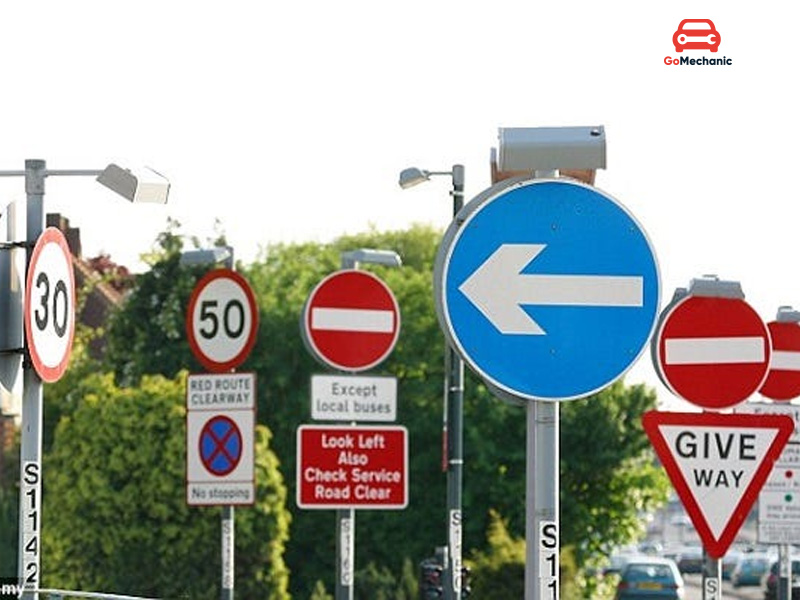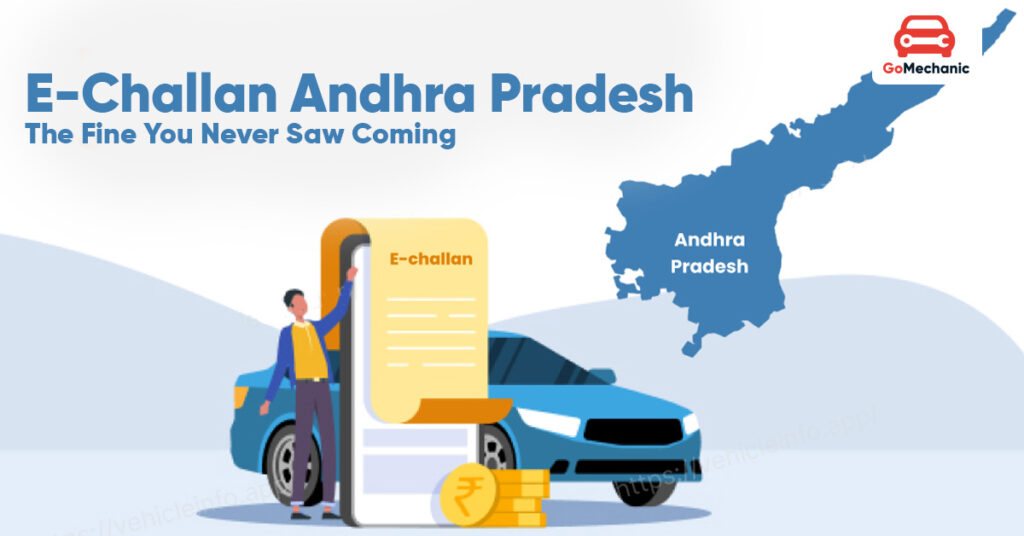The thing about an e-challan in Andhra Pradesh is that you never see it happen. You don’t get pulled over. No cop taps on your window, shaking their head like you’ve disappointed the system. There’s no conversation. No moment of negotiation. Just a quiet little violation captured by a camera you didn’t notice, processed by a system that never forgets, and delivered straight to your name.
You could be checking your e-challan status in Andhra Pradesh right now and find a fine from two weeks ago. Maybe it was a red light you swear you stopped at or the camera just didn’t like the way you existed on the road that day. Either way, you owe the government money now.
And that’s what this is about. How it works. How to check? How you pay. And, more importantly, how you stop giving the traffic department free money.
How the E-Challan System in Andhra Pradesh Actually Works
The old way was simple. You broke a rule, a cop waved you down, you stopped (or didn’t), there was some back and forth, maybe a little bargaining. Maybe you got off with a warning. Maybe you paid in cash, maybe not. But there was a human element where you could argue, explain, plead your case.
Not anymore.
Now, it’s cameras, automation, and a system that doesn’t care about your excuses. The Andhra Pradesh e-challan system works like this:
- You mess up. You ran a light, parked in the wrong spot, skipped the seatbelt, touched your phone while driving.
- A camera sees it. Maybe it’s at a traffic signal, maybe it’s mounted on some pole you never noticed.
- The system processes it. Plate recognition kicks in. The violation gets logged. No debate or negotiation.
- You get notified. If your number is linked, you get an SMS. If not, you find out later, usually when you randomly check your e-challan status in Andhra Pradesh or when it’s too late to pretend you didn’t see it.
- You pay. Or you ignore it for a while. But the fine stays there.
It’s fast, efficient, and completely impersonal. The system doesn’t care whether you were in a rush, whether the road was empty, whether you were “just following what the car ahead did.” It just logs, fines, and waits for you to notice.
The only real upside? At least now you can check everything online before it snowballs into something worse.
How to Check Your E-Challan Status in Andhra Pradesh

There are two types of drivers in Andhra Pradesh. The ones who check their e-challan status regularly—out of paranoia, habit, or past trauma and the ones who only check when something forces them to. If you belong to the second category, congratulations. You’re either a perfect driver, incredibly lucky, or just in for a rude surprise.
Here’s how to check if you’ve been fined:
Method 1: Andhra Pradesh Transport Department Website
- Go to the official AP Transport Department portal.
- Find the section that says “E-Challan Status” (or something close to it).
- Enter your vehicle registration number or driving license number.
- Click submit. Wait. Hope for a clean record.
- If there’s a fine, it’ll show up with details, date, location, and the amount you now owe.
Method 2: Parivahan Portal
- Visit the Parivahan Sewa website (the national road transport portal).
- Look for the “Check Challan Status” option.
- Enter your vehicle number or challan number (if you already know it exists).
- Get the full list of violations under your name. If any. If you’re lucky, none.
Method 3: Mobile Apps
- Download the AP E-Challan app from Google Play or the App Store.
- Register using your mobile number and vehicle details.
- Navigate to pending challans and see if your name made it to the list.
That’s it. No paperwork and no need to visit the RTO. Just digital proof that you either owe nothing or owe more than you expected.
How to Pay Your E-Challan Andhra Pradesh

Here’s how to clear it before it becomes a bigger problem.
Method 1: Andhra Pradesh Transport Department Portal
- Go to the AP Transport Department website.
- Navigate to the “E-Challan Payment” section.
- Enter your vehicle number or challan details.
- Verify the fine (because sometimes even the system gets a little creative).
- Choose a payment method—credit card, debit card, net banking, UPI.
- Pay. Get a receipt. Take a screenshot if you don’t trust digital records.
Method 2: Parivahan Portal
- Open the Parivahan Sewa website.
- Select “Check Challan Status”, enter your vehicle number.
- Find the fine, confirm the details.
- Pay using any digital payment option.
- Download the receipt for proof.
Method 3: AP E-Challan Mobile App
- Download the AP E-Challan app from the Play Store or App Store.
- Log in, enter your vehicle number.
- Select the pending fine.
- Pay using UPI, credit/debit card, or net banking.
- Done. No physical visits. No waiting in line.
What Happens If You Don’t Pay?
You wait. The fine waits. Nothing happens for a while.
Then:
- Late fees may apply.
- The next time you need to renew insurance or registration, the pending challan will be a problem.
- For repeated violations, authorities can block your vehicle’s registration or worse, escalate it into a legal issue.
It’s not about the money. It’s about clearing your record before it starts following you around. So, pay it and move on.
Do Read: Here’s How You Can Avoid Getting Traffic Challans!
Common Traffic Violations That Get You an E-Challan Andhra Pradesh
Most people think they’re careful drivers until they check their e-challan status in Andhra Pradesh and realize the cameras think otherwise.
Here’s what gets you fined. Repeatedly.
1. Overspeeding
- Fine: ₹1,000 – ₹2,000 (varies based on how fast you were pushing it).
- The roads may look empty, your car may feel stable at 90 km/h, but the speed cameras do not care about context. If the limit is 60, you’ll pay for every extra km/h you push.
2. Jumping a Red Light
- Fine: ₹1,000
- No cop saw you? Great. The traffic cameras did.
- The system logs the time, the location and your license plate. It’s not up for debate.
3. Driving Without a Helmet/Seatbelt
- Bike Riders: ₹1,000 for skipping the helmet.
- Car Drivers: ₹1,000 for ignoring the seatbelt.
- Even if you were wearing one and took it off two seconds before the checkpoint, the cameras don’t care. The moment it sees you without it, you’re getting a fine.
4. Illegal Parking
- Fine: ₹500 – ₹1,000
- If there’s a “No Parking” sign, assume there’s a hidden camera nearby. Even if you were “just waiting,” the e-challan system doesn’t care.
5. Using a Mobile Phone While Driving
- Fine: ₹5,000
- If you got caught, you weren’t checking notifications—you were handing over money.
6. Drunk Driving
- Fine: ₹10,000 + possible license suspension + jail time if it’s bad enough.
- No cameras needed here. AP traffic police still conduct random breathalyzer tests.
Common Violations in Andhra Pradesh
| Traffic Violation | Fine Amount (₹) |
| Overspeeding | ₹1,000 – ₹2,000 (varies by speed) |
| Jumping a Red Light | ₹1,000 |
| Driving Without a Helmet | ₹1,000 |
| Driving Without a Seatbelt | ₹1,000 |
| Illegal Parking | ₹500 – ₹1,000 |
| Using a Mobile Phone While Driving | ₹5,000 |
| Drunk Driving | ₹10,000 + possible license suspension + jail time |
How to Avoid Getting Fined (Aside from the Obvious “Drive Better” Advice)

- Know where the cameras are. Speed traps and red-light cameras don’t move. Once you know them, you won’t be caught off guard.
- Check road signs properly. “No Parking” isn’t a suggestion. If you didn’t see it, the e-challan system still expects you to pay for it.
- Slow down near signals, even if they’re green. If it turns red while you’re halfway across, the system logs you as a violator anyway.
- Don’t assume cops aren’t watching. Andhra Pradesh has both automated and manual e-challans. If the cameras don’t catch you, an officer might.
An e-challan in Andhra Pradesh isn’t personal. It’s not unfair. It’s just the new normal. Whether you like it or not, it’s always watching.
The Benefits of the E-Challan System in Andhra Pradesh
If you’ve ever been pulled over in traffic, you know how it used to go. A debate, a request or a possible argument. Maybe you walked away with a warning. Maybe you didn’t. But it was human. It had a process.
Now It’s different. The e-challan system isn’t here to negotiate. It’s here to log, notify, and collect. And honestly? That’s not a bad thing.
1. No More On-the-Spot Fines
- If you break a rule, you’ll know about it later, not through a roadside stop.
- No dealing with police discretion. No arguments. Just the fine, straight to your name.
2. No Paperwork, No Office Visits
- Checking your e-challan status in Andhra Pradesh? Online.
- Paying the fine? Online.
- Need proof of payment? Digital receipt.
- The system tracks everything, so there’s no chance of “lost records” conveniently wiping out unpaid fines.
3. Traffic Rules Actually Get Followed
- The old system? Get lucky, and you never pay.
- The new system? Cameras don’t take breaks.
- If you drive like rules don’t apply to you, your fines will prove otherwise.
4. Transparency = Less Corruption
- A system that doesn’t involve human discretion means fewer loopholes.
- Your fine isn’t up for discussion. It’s either there, or it’s not.
5. It’s Faster
- No waiting for a cop to write a ticket.
- No long queues at the traffic office.
- No “I didn’t know about this fine” excuses. The system doesn’t forget.
So, yeah. You might hate the fines. You might think some of them are unfair. But the e-challan system? It’s not going anywhere.
And if you drive right, you’ll never have to deal with it anyway.
The System Doesn’t Forget—So Drive Like It’s Watching
(Because it is.)
The e-challan system in Andhra Pradesh isn’t a cop you can talk your way out of. It doesn’t take bribes, doesn’t get distracted, doesn’t care about your reasons. It just logs, fines, and waits. That’s the reality now. It’s efficient, it’s ruthless, and it’s only getting smarter.
If you want to avoid fines, you have two options:
- Check your e-challan status regularly—because ignorance won’t erase a fine.
- Drive like you know the system is watching—because it is, and it doesn’t blink.
And if you do get fined? Pay it, learn from it, and move on. The system isn’t going anywhere. But if you’re careful, your name on the challan list will.
Useful read:

